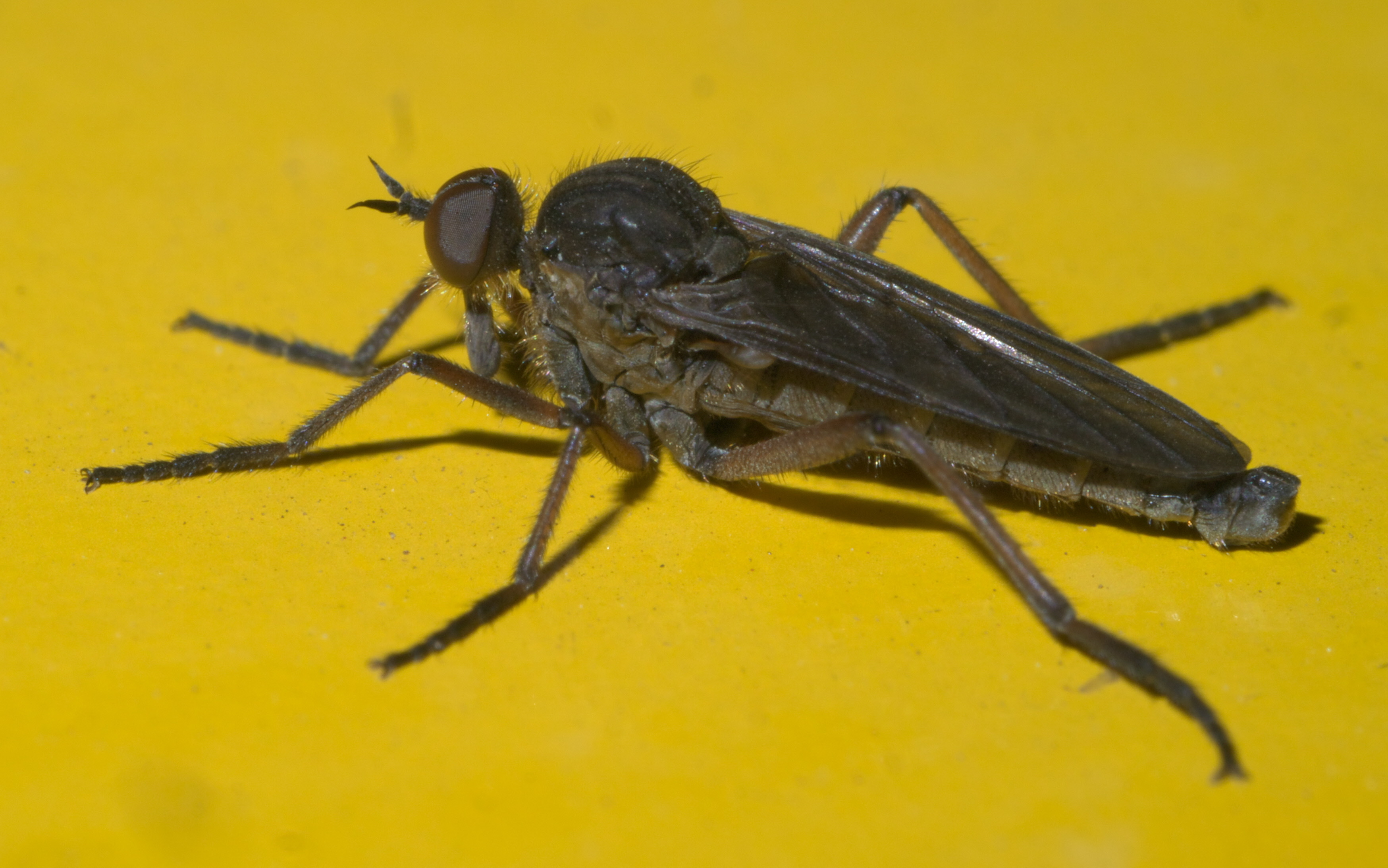|
Rhamphomyia Granadensis
''Rhamphomyia granadensis'' is a species of dance flies, in the fly Flies are insects of the Order (biology), order Diptera, the name being derived from the Ancient Greek, Greek δι- ''di-'' "two", and πτερόν ''pteron'' "wing". Insects of this order use only a single pair of wings to fly, the hindwing ... family Empididae. It is included in the subgenus ''Lundstroemiella''. References {{Taxonbar, from=Q13987231 Rhamphomyia Insects described in 1981 Asilomorph flies of Europe ... [...More Info...] [...Related Items...] OR: [Wikipedia] [Google] [Baidu] |
Milan Chvála
Milan Chvála (1936, Prague – 2021) was a Czech Republic, Czech entomologist who specialised in Diptera. He was best known for his work on the Empidoidea''. He graduated at the Faculty of Science of the Charles University in Prague in 1960. Since 1991 he was vice dean of the Faculty of Science of the Charles University. He was made a Fellow of the Royal Entomological Society in 1991. His personal collections of Empidoidea are now in the Hope Entomological Collections at the University of Oxford. Selected works Books: * ''The horse flies of Europe (Diptera, Tabanidae)'' (with Leif Lyneborg & Josef Moucha) Copenhagen:Entomological Society of Copenhagen, 1972, 498 pages * ''The Tachydromiinae (Diptera. Empididae) of Fennoscandia and Denmark'' Fauna Entomologica Scandinavica 3, 1975, 336 pages * ''The Empidoidea of Fennoscandia and Denmark 2'', Fauna Entomologica Scandinavica 12, 1983, 279 pages * ''The Empidoidea (Diptera) of Fennoscandia and Denmark III'', Fauna Entomologica Sca ... [...More Info...] [...Related Items...] OR: [Wikipedia] [Google] [Baidu] |
Empididae
__NOTOC__ Empididae is a family of flies with over 3,000 described species occurring worldwide in all the biogeographic realms but the majority are found in the Holarctic. They are mainly predatory flies like most of their relatives in the Empidoidea, and exhibit a wide range of forms but are generally small to medium-sized, non-metallic and rather bristly. Common names for members of this family are dagger flies (referring to the sharp piercing mouthparts of some species) and balloon flies. The term "dance flies" is sometimes used for this family too, but the dance flies proper, formerly included herein, are now considered a separate family Hybotidae. Description For terms see Morphology of Diptera. Empididae are small to medium-sized flies, rarely large (1.0 to 15.0mm.). The body is slender, or elongated and rarely thickset. The colour ranges from yellow to black, and they may be pollinose or lustrous, but never have a metallic gloss. The head is often small and rounded with ... [...More Info...] [...Related Items...] OR: [Wikipedia] [Google] [Baidu] |
Rhamphomyia
''Rhamphomyia'' is a genus of dance flies, in the fly family Empididae. Species The species of ''Rhamphomyia'' are arranged into subgenera, as follows: ;'' Aclonempis'' Collin, 1926 :*'' Rhamphomyia albohirta'' Collin, 1926 :*'' Rhamphomyia andalusiaca'' Strobl, 1899 :*'' Rhamphomyia clypeata'' Macquart, 1834 :*'' Rhamphomyia eupterota'' Loew, 1873 :*'' Rhamphomyia galactoptera'' Strobl, 1893 :*'' Rhamphomyia gibbifera'' Strobl, 1906 :*'' Rhamphomyia leptopus'' Loew, 1873 :*'' Rhamphomyia longipes'' ( Meigen, 1804) :*'' Rhamphomyia mariobezzii'' Barták, 2001 :*'' Rhamphomyia minor'' Oldenberg, 1922 :*'' Rhamphomyia nox'' Oldenberg, 1917 :*'' Rhamphomyia nubes'' ( Collin, 1969) :*''Rhamphomyia umbripes'' Becker, 1887 ;'' Amydroneura'' Collin, 1926 :*'' Rhamphomyia bipila'' Strobl, 1909 :*'' Rhamphomyia claripennis'' Oldenberg, 1922 :*'' Rhamphomyia crassicauda'' Strobl, 1893 :*'' Rhamphomyia erythrophthalma'' Meigen, 1830 :*'' Rhamphomyia gibba'' ( Fallén, 1816) ... [...More Info...] [...Related Items...] OR: [Wikipedia] [Google] [Baidu] |
Insects Described In 1981
Insects (from Latin ') are pancrustacean Hexapoda, hexapod invertebrates of the class (biology), class Insecta. They are the largest group within the arthropod phylum. Insects have a chitinous exoskeleton, a three-part body (head, Thorax (insect anatomy), thorax and abdomen (insect anatomy), abdomen), three pairs of jointed Arthropod leg, legs, compound eyes and one pair of antenna (biology), antennae. Their blood is not totally contained in vessels; some circulates in an open cavity known as the haemocoel. Insects are the most diverse group of animals; they include more than a million described species and represent more than half of all known living organisms. The total number of Extant taxon, extant species is estimated at between six and ten million; In: potentially over 90% of the animal life forms on Earth are insects. Insects may be found in nearly all Natural environment, environments, although only a small number of species reside in the oceans, which are dominated by ... [...More Info...] [...Related Items...] OR: [Wikipedia] [Google] [Baidu] |

